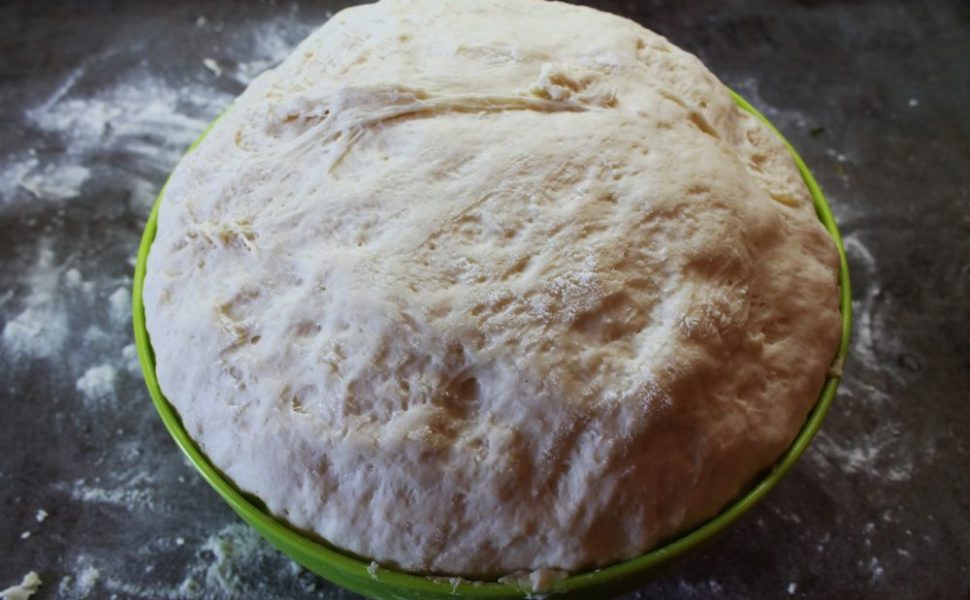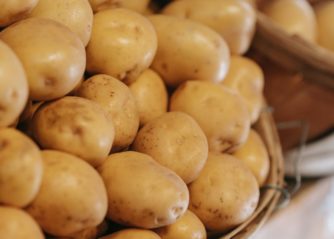Keto Dessert: The Ultimate Guide to Delicious Low-carb Sweets

Introduction:
In recent years, the ketogenic diet has gained significant popularity for its potential health benefits and weight loss effects. One of the most challenging aspects of following a keto diet is finding suitable dessert options that align with its low-carb, high-fat requirements. In this article, we will provide a comprehensive overview of keto desserts, including their definition, types, popularity, and unique characteristics. Additionally, we will explore the historical context of keto desserts, examining their advantages and disadvantages.
1. An In-depth Look at Keto Dessert:

Keto desserts, also known as low-carb desserts, are sweet treats specifically designed to fit into a ketogenic lifestyle. The ketogenic diet involves consuming foods that are high in fats, moderate in protein, and low in carbohydrates. The goal is to shift the body into a state of ketosis, where it relies on fat for energy instead of glucose. Keto desserts are crafted using ingredients that are low in net carbs, such as almond flour, coconut flour, natural sweeteners like stevia or monk fruit, and high-fat sources like butter or coconut oil. These desserts aim to satisfy cravings while keeping carb intake to a minimum.
2. Exploring the Variety of Keto Desserts:
The world of keto desserts offers a wide range of options to satisfy any sweet tooth. Some popular types include:
– Keto chocolate desserts: Indulgent creations like chocolate mousse, truffles, or lava cakes made with sugar-free chocolate and low-carb sweeteners.
– Keto cheesecakes: Creamy and rich cheesecakes made with almond flour or crushed nuts for the crust and low-carb sweeteners.
– Keto ice creams: Creamy and delicious frozen treats made with heavy cream, erythritol, and natural flavors like vanilla or berries.
– Keto fat bombs: High-fat, bite-sized treats often made with coconut oil, nut butter, and low-carb sweeteners. They are perfect for curbing hunger and providing a quick energy boost.
– Keto fruity desserts: Refreshing options like berry parfaits, lemon bars, or coconut-based fruit tarts that incorporate low-carb fruits.
3. Quantitative Measurements of Keto Desserts:
When it comes to measuring the nutritional value of keto desserts, net carbs are the key focus. Net carbs are calculated by subtracting the fiber and sugar alcohol content from the total carbohydrates. This measurement provides a more accurate representation of the carbs that affect blood sugar levels. Additionally, the fat content and calorie count of keto desserts should be taken into account to ensure they align with individual dietary goals.
4. Understanding the Differences Among Keto Desserts:
Though all keto desserts adhere to the same fundamental principles of low-carb and high-fat ingredients, there are variations in their nutritional profiles, flavors, and textures. For example, some keto desserts may contain higher levels of saturated fats due to the use of ingredients like butter or cream cheese. Others might focus on using alternative flours like coconut or almond flour, resulting in a slightly different taste and texture. Furthermore, sweeteners like stevia, erythritol, or monk fruit can vary in their sweetness levels, impacting the overall taste of the desserts.
5. Historical Overview of Pros and Cons:
Keto desserts have evolved over time, addressing both advantages and disadvantages. Some benefits of keto desserts include reduced sugar cravings, improved blood sugar control, and the ability to enjoy decadent treats while staying within the dietary guidelines. On the other hand, critics argue that relying too heavily on sweet-tasting substitutes may perpetuate cravings and undermine long-term adherence to a ketogenic lifestyle. Finding a balance between indulgence and maintaining a healthy relationship with desserts is crucial for long-term success.
[INSERT VIDEO HERE: In this video, a renowned chef demonstrates how to prepare a mouthwatering keto dessert that will leave you craving for more while still adhering to your low-carb diet.]
In conclusion, keto desserts offer a delicious way to indulge in sweets while following a low-carb, high-fat lifestyle. With a diverse array of options, it is possible to satisfy cravings without jeopardizing ketosis. Understanding the variety, measurements, and differences among keto desserts can help individuals make informed choices that align with their dietary goals. By exploring the historical context of these desserts and weighing their pros and cons, one can find a balance that suits their taste buds and overall well-being. So, go ahead and treat yourself to a guilt-free keto dessert experience!
















































